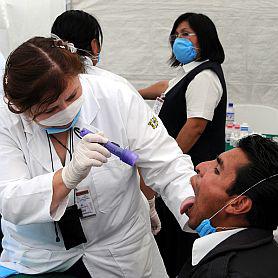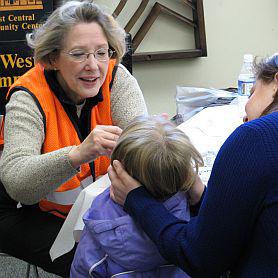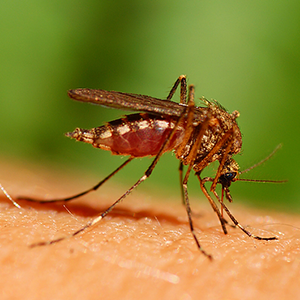Sensitivity, Specificity, Positive Predictive Value… Oh My!
With the definitions of sensitivity and specificity often erroneously used interchangeably, it is easy to forget their true meaning. It is important to take into account a test’s sensitivity and specificity, as well as positive and negative predictive values, when making testing decisions and subsequent diagnoses.








